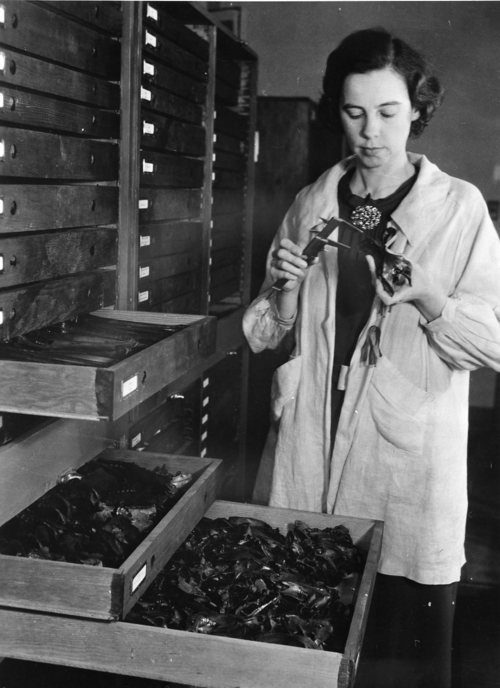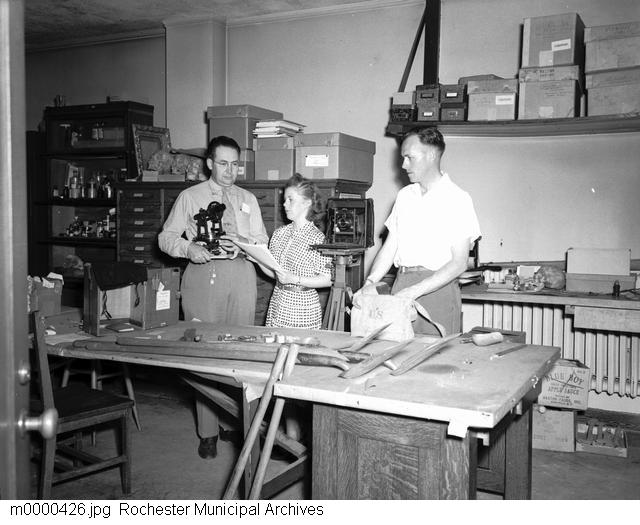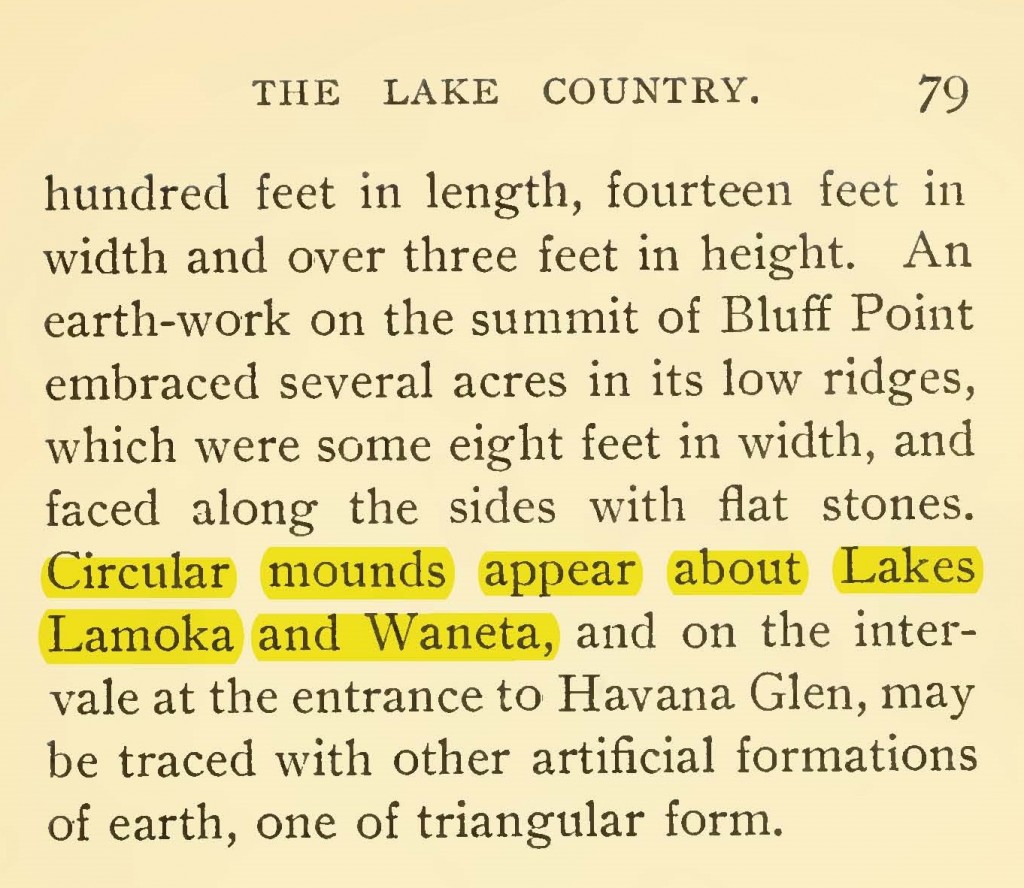
A Jack’s Reef point was found at the Lamoka Lake site during the Buffalo Museum of Science excavations. These pentagonal or corner-notched pentagonal points date to the Kipp Island Phase (beginning around A.D. 500) of the Middle Woodland in New York State. Farther south, they are associated with the equivalent Webb Phase.
Darrin Lowery recently looked at Jack’s Reef in the Delmarva Peninsula (i.e., parts of Delaware, Maryland, and a little bit of Virginia). Important sites include Island Field in Delaware, which had over 100 human burials, bone tools, shell beads, shark teeth, and more, and the Riverton Site (18WC5) in Maryland, another burial site (unfortunately not professionally excavated), which had stone platform pipes, a Ramah chert knife, and stone celts and adzes.
Jack’s Reef sites can be found eroding out of the shore line, such as at the Oxford (18TA3) and Wheatley’s Point (18DO371) sites in Maryland. One major find at the latter site was a cache of fossil shark teeth. Lowery found and excavated the Upper Ridge Site (44NH440) in Virginia, which had an midden with food remains, including a large number of fish bones. VA. The lithic evidence at Upper Ridge documents the entire sequence of manufacturing Jack’s Reef points, from core to flake to finished product.
Reference:
Lowery, Darrin L.
2013 Jack’s Reef in in the Chesapeake and Delmarva Region: Research into the Coastal Archaeology of the Era Between circa Cal A.D. 480 and Cal A.D. 900. Archaeology of Eastern North America 41:5-30.





